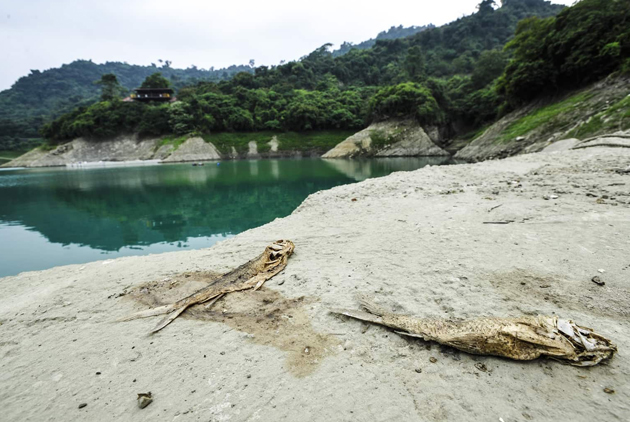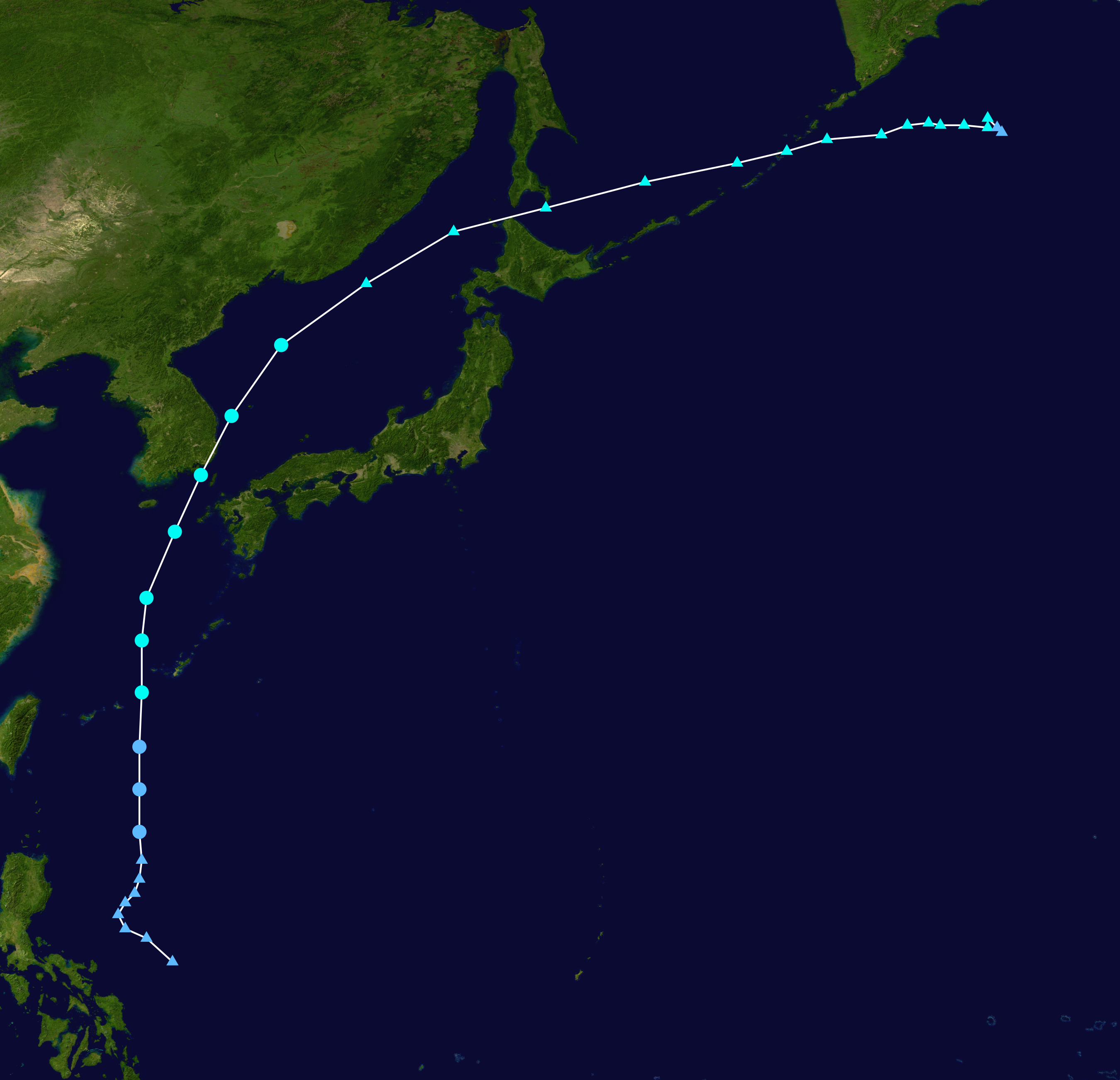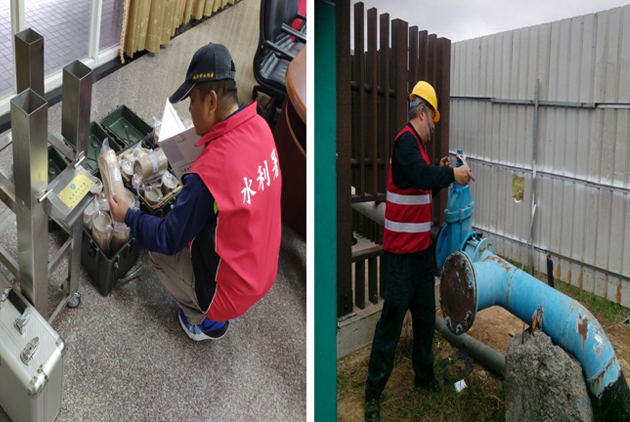As Taiwan faces its worst-ever water shortage, what more can be done?

Source:CommonWealth Magazine
The water shortage across Taiwan has reached alarming levels as more than half of reservoirs are running dry. Digging wells and recycling wastewater are longer-term measures that cannot alleviate the immediate critical situation. What else can Taiwan do to better manage scarce water resources?
Views
As Taiwan faces its worst-ever water shortage, what more can be done?
By Rebecca Linweb only
Just how severe is the water crisis this year? Since seasonal typhoons bypassed Taiwan last year, the island faces its most serious water shortage in 56 years as many reservoirs have almost dried up. Experts, however, warn that much worse droughts lie in store as extreme weather conditions increase with global warming. Rising ocean temperatures will not only lead to stronger typhoons but also divert them away from Taiwan in a more northern direction. This means that fewer typhoons will bring urgently needed rainfall to Taiwan, so dry spells will become more frequent over time.
Liou Yuei-an, professor with the Center for Space and Remote Sensing Research at National Central University, notes that water resource management is a pressing task for Taiwan given that typhoons are going to become more intense while dry spells will become more frequent.
According to data from the Water Resources Department, the average rainfall from June to February of each year for the past 20 years was 1778mm. In the first 10 years, rainfall during that time fell below the average four times, with five such occurrences in the next 10 years.
In the most recent period between June of 2020 and February of 2021, rainfall stood at only 752mm, undercutting the 20-year average by 1000mm.
In the past, three to four seasonal typhoons used to impact the water situation in Taiwan every year, with an average of 1.8 typhoons making landfall. Liou says that 60 percent of Taiwan’s water use depends on torrential rains associated with typhoons. Last year, however, not a single typhoon made landfall in Taiwan, which brought to light just how much Taiwan is at risk of facing droughts.
Taiwan hung out to dry as typhoons change routes
Part of the problem is that typhoons have been changing course. Normally thirty percent of cyclones, also called typhoons, form in the Northwestern Pacific region, whereas Atlantic typhoons account for 12 percent. Following an analysis of typhoons since 1970, Liou grouped these seasonal storms roughly into four routes: western, northern, revolving and irregular. He found that typhoons traveling in a northern direction are becoming more frequent.

Track map of Tropical Storm Jangmi of the 2020 Pacific typhoon season. (Source: Wikipedia)
Generally, westbound typhoons are more likely to affect Taiwan, whereas northbound typhoons tend to bypass the island. Last year, for instance, not a single typhoon made landfall in Taiwan, while more northerly Japan and South Korea suffered massive damage. Even North Korea, which lies even further north, was hit by typhoons last year.
With rising ocean temperatures and worsening global warming, “the situation will probably become more extreme,” predicts Liou.
Higher ocean temperatures contribute to the formation of typhoons while seasonal wind shifts such as the southwest summer monsoon, southwest winter monsoon as well as northeast monsoons can catalyze destructive super storms with speeds of 185km/h. The northwestern Pacific region saw nine super storms in 2015 alone.
This means that with extreme weather phenomena becoming more common, Taiwan will not only be more likely to be hit by super storms but also more likely to experience droughts.
(Source: Kuo-Tai Liu)
Taiwan can no longer ignore the impact from extended dry spells. The last drought dates back to 2015, when the island received only 1059mm of rainfall. In September of 2014, water reservoir reserves had stood at 1.26 billion tons, but from April of 2015 the water shortage was so serious that water rationing measures had to be taken, including suspending household water supplies on a rotating basis.
This year, the situation is much more serious as rainfall has declined to 752mm, and water reservoir reserves have become depleted to 930 million tons.
Given that the plum rain season, which usually begins in Taiwan in May, is still two months away, the suspension of water supplies to different areas on a rotating basis will be unavoidable.
Regarding drought-fighting measures, Interior Minister Lee Hong-yuan does not believe that digging wells to ensure industrial water supplies is feasible in all places given that such measures can impact the geological structure. Also not suitable to address the immediate water shortage is seawater desalination, because at a price of NT$30 per ton, it is too costly. Lee says most feasible is wastewater recycling, pointing to the Fengshan River Reclaimed Water Plant, which was built during his tenure, and now supplies water to the China Steel Corporation.
Neither wells nor recycled water can solve the crisis at hand. Lai Chien-hsin, director-general of the Water Resources Agency, admits that this year’s water shortage is more dramatic than that of 2015. The only reason the government has not yet had to issue a red alert is that the agency early on took measures to improve water resources. Between 2017 and 2020, the backup water supply increased by 1.33 million tons. This was achieved through the creation of artificial lakes, collection of subsurface water, speeding up the construction of wastewater recycling plants and seawater desalination plants as well as interconnecting water supply pipelines. At the same time, old pipes were replaced at a faster pace so that water loss due to pipeline leaks and cracks could be reduced from a leakage rate of 16 percent in 2017 to 13.5 percent now.
The agency also seized the opportunity of low reservoir levels to intensify dredging, reclaiming 14.4 million cubic meters of reservoir capacity, which is more than Mingde Reservoir in Miaoli County can hold, and 2.6 times as much as the annual desilting average.
Due to last year’s absence of typhoons, there is no time to delay in implementing emergency preparedness and contingency planning to fight the drought. Lai explains that 160 emergency reserve wells have been incorporated into the public water system nationwide, providing an additional 340,000 tons of water per day. The wellheads of 17 of these wells are located in the Hsinchu area, one of the most hard-hit regions. Providing 30,000 tons of water per day, they have eased the local water shortage by 5.2 million tons since last July.
“There are only 4.8 million tons of water left in Hsinchu water reservoirs; if it wasn’t for the 17 wells, Hsinchu would have run out of water a long time ago,” says Lai.
Newly added backup water reserves total 780,000 tons, yielded through recent measures such as the addition of emergency reserve wells, water resources in the Bade Pond Ecology Park in Taoyuan, water recycling centers releasing treated water, and the Hsinchu Seawater Desalination Plant that has just come online. Together with the 1.33 million tons previously gained through the expansion of public water works, Taiwan boasts a total of 2.21 million tons in daily backup reserves.

The emergency reserve wells in Hsinchu. (Source: Water resources agency)
To put it simply, Taiwan needs 10.8 million tons of water per day. The 2.21 million tons of backup reserves help ease the pressure on the island’s water reservoirs, which would otherwise quickly run dry. Lai reveals that the agency originally expanded backup reserve facilities to prepare for the impact from climate change in the future, but did not expect to be forced to put them to use so early.
Enterprises, gov’t need to prepare for long-haul fight against drought
Since dry spells are bound to become the new normal, both enterprises and the government need to factor this risk into their budget calculations. Professor Liou says that Taiwan must strengthen its research capabilities. The government’s response could be improved, and damage could be minimized, particularly if observation technologies were evaluated and upgraded, and if multidimensional forecasting capability regarding natural phenomena was made available.
“Prevention is better than treatment; you definitely need to devote fewer resources than you would for disaster relief,” Liou notes.
On the other hand, industry, government, and academia must all endorse the concept of risk assessment. The government must engage in comprehensive planning, which involves establishing a water resources management system that covers the reasonable utilization of water resources and planned use targets as well as the allocation of water among residential, industrial, and agricultural users.
Faced with unprecedented pressure due to the current water crisis, companies are willing to take concrete action. Since last year, the Water Resources Agency has been providing guidance and looking into the corporate water situation. “In 2015 we still had to forcibly seal the water meters of large corporate users to keep water use in check,” says Lai. This time, enterprises conserve water without being prompted to do so, leading to a water conservation rate of 11 percent.
Extreme weather is no longer a theoretical exercise but a real-life predicament. We need to design counter measures assuming the worst possible scenarios.
Have you read?
♦ TSMC Helps Water-Starved Taiwan Develop Smart Irrigation
Translated by Susanne Ganz
Edited by TC Lin
Uploaded by Penny Chiang







